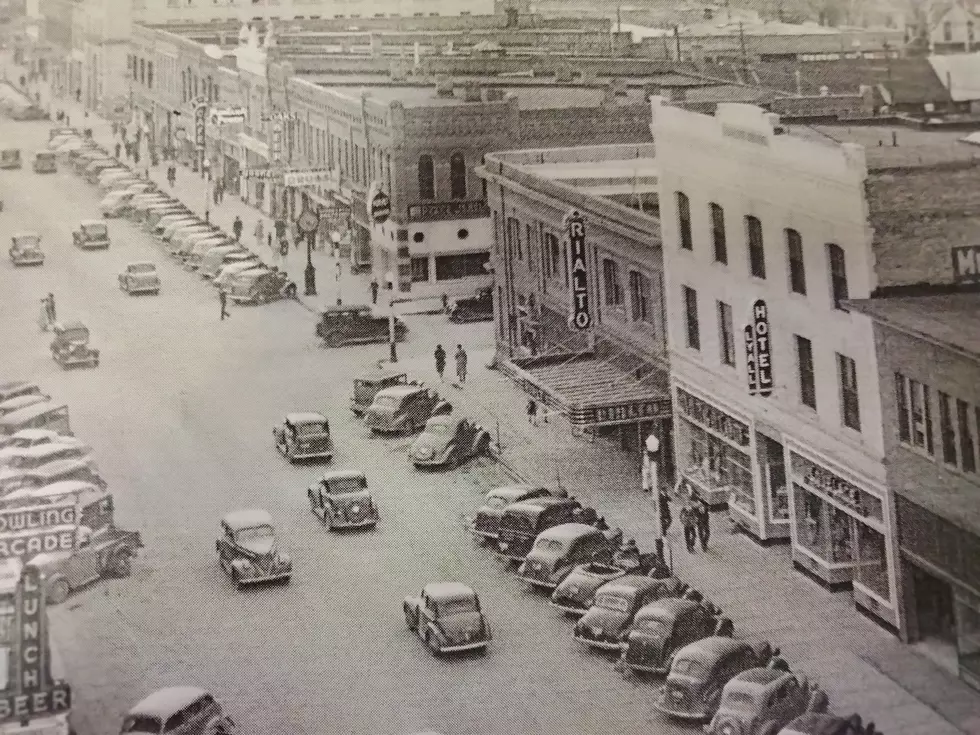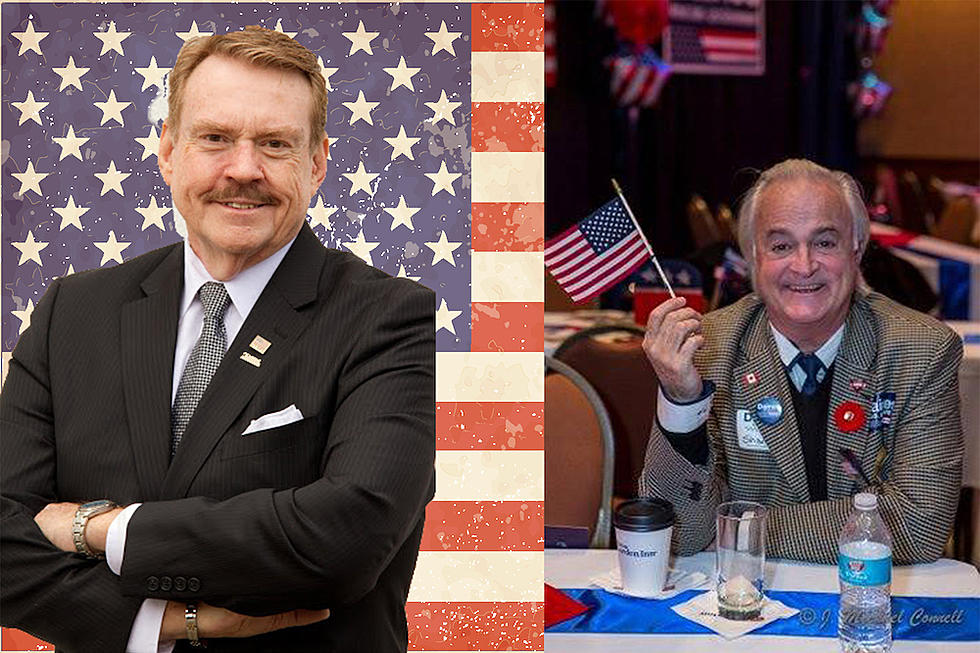
8 Facts You May Not know About Bozeman History
I asked my good friend John Russell who is the Director of the Gallatin County Pioneer Museum about helping me with some tidbits about Bozeman and area history. As usual, he did not let me down and put together some great historical information. I hope you enjoy.
Bozeman Urban Legends – Our Top Eight
1: The Gallatin Valley has always been a crossroads. Long before white
settlement, various tribes - the Shoshone, Bannock, Nez Perce, Blackfeet
hunted here or passed through to the Yellowstone Valley to pursue buffalo.
The Blackfeet called the valley "many come-together-country." As late as
the 1880's, Bannock Indians rode down Bozeman's main street while en route to
the Yellowstone. Often they spent a few days in town to barter and trade.
Local cowboys would stage horse races against the tribe's better mounts. So
the Gallatin Valley has a long heritage of diverse people's sharing the land
and all that it offers.
2: There are two statues of Sacajawea in Gallatin County. One on North 7th, the
other in Three Forks. This Shoshone girl was instrumental to the Lewis &
Clark Expedition, particularly when they were in SW Montana. During the
return journey, it was Sacajawea who led William Clark and a portion of the
expedition through the Gallatin Valley, and eventually over the Bozeman pass
to the Yellowstone River, which they followed to reunite with those members
who had gone with Meriwether Lewis. The expedition may not have succeeded
without her.
3: Following the Lewis and Clark expedition, fur trappers began to journey into
the Gallatin Valley to trap Beaver. One of them, John Colter, was captured
by Blackfeet near the Three Forks, stripped, and then chased by a party of
warriors, whom he managed to elude. Jedediah Smith, Tom Fitzpatrick, and of
course Jim Bridger later frequented the valley. So too did naturalists and
explorers.
4: It was gold that brought pioneers to Montana. Some strikes occurred as early
as the 1850's, eventually giving rise to communities like Bannack, Virginia
City, and even Helena. As the mining population grew, so too did the demand
for supplies and foodstuffs. Farmers began migrating to the Gallatin Valley
to fill that need. Gallatin City was established in 1862, and in 1864 the
migration into the southern half of the valley began with the arrival of two
wagon trains, one led by Jim Bridger and the other by John Bozeman.
5: John Bozeman was a native of Georgia who had tried his luck at gold panning,
but with little success. So he instead decided to become a promoter.luring
settlers to follow him to Montana where they could establish farms and
ranches in the Gallatin Valley. The route he used followed a series of
Indian trails across the Big Horn Basin, and it eventually became known as
the Bozeman Trail. That trail launched a war with the Sioux and Cheyenne,
and so it soon became known as the "Bloody Bozeman."
John Bozeman's wagon train arrived in the Gallatin Valley in early August,
1864. Days later, the claims association named the new community in his
honor. But Bozeman soon wore on people's nerves. He had a habit of idling
his time playing cards. A southern Democrat from Georgia now living in a
pro-union, pro-Republican town, his political leanings rubbed many the wrong
way. And he was handsome, making any man with a wife, daughter, or
girlfriend nervous. So great was the dislike for Bozeman, the town's name
was nearly changed to Montana City.
6: Nelson Story and his wife Ellen came to Alder Gulch in 1863. By 1866, Story
had procured $30,000 in gold dust. He used this money to drive a herd of
Texas Longhorns to Montana. In Bozeman, he operated a mercantile store,
invested in real estate, opened a bank and a flour mill. By 1890, he was one
of the wealthiest men in the state. His family mansion that sat on Main
street was unfortunately torn down in the 1930's, but he and his family's
legacy in Bozeman lives on.
7: In April of 1867, John Bozeman and Tom Cover rode east to negotiate flour
contracts with U.S. army posts on the Bozeman Trail. But near present-day
Springdale, they were, according to Cover, attacked by Blackfeet Indians.
Bozeman was killed, and Cover was wounded. But Cover's version of events
didn't stack up with the evidence found at the scene, and many believe it
was Cover, jealous of the attention given by Bozeman to Cover's wife, who
killed Bozeman. It remains one of our unsolved mysteries.
8: It was the fort that saved Bozeman. Fort Ellis, named for a union officer
killed at Gettysburg, was established just east of town in 1867. The state
goal of the fort was to protect the Gallatin Valley from hostile Indian
raids, but its true benefit was economical. Gold mining was on the decline,
and with the presence of the fort, Bozeman merchants had a ready market for
foodstuff and supplies. Fort Ellis, which was finally closed in 1886, was an
important factor in the early survival of Bozeman.
More From KMMS-KPRK 1450 AM








![Pioneer Museum Activities And License Plate Ideas [AUDIO]](http://townsquare.media/site/8/files/2011/09/Pioneer-Museum.jpg?w=980&q=75)
